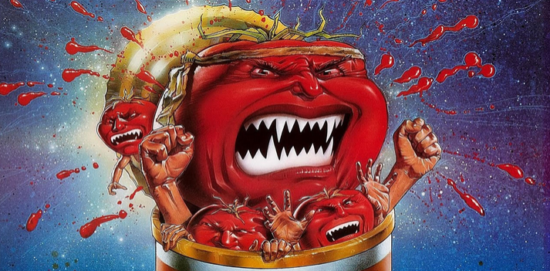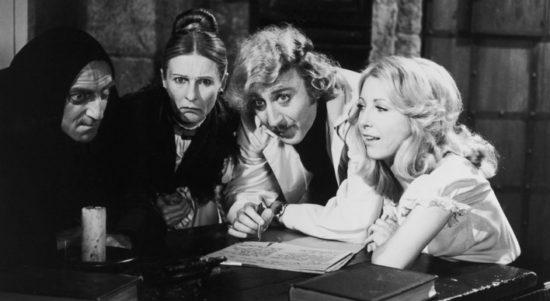TikTok gets it right, dangerous copycat eye drops, (bacteria) killer tomatoes, and more
03 Feb 2024
Posted by Andrew Kantor
Danger: mysterious copycat eye drops
The FDA is warning about eye drops that are essentially copies of Bausch + Lomb’s Lumify. The packaging is suspiciously similar, and these drops could be contaminated.
The brands: FivFivGo, Rebright, and South Moon.
The South Moon eye drops were contaminated with Burkholderia cepacia complex, a group of bacteria that could result in an antibiotic-resistant infection. While Rebright testing was negative for contamination, FDA recommends consumers not use this product.
Oh, and at least two of them, despite looking like Lumify, were missing the active ingredient. And to raise your eyebrow a bit more, the agency says, “The origin of these products is currently unclear.”
And when we says they look like Lumify, we don’t mean there’s a passing resemblance:

Much ado about nothing
After all the hullaballoo about Biogen’s Aduhelm med for Alzheimer’s — did it really work? was it worth the $56,000/year price tag? — those worries are gone. Biogen has pulled it from the market.
The biotech company will focus on rolling out Leqembi, a newly approved Alzheimer’s drug it developed with Japanese drugmaker Eisai. It also plans to work on a slate of experimental treatments for the disease.
* * *

To-may-to, to-mah-to
Got a salmonella infection in your GI tract? You could of course take antibiotics, or you can slap yourself on the forehead and say, “I could have had a V8!”
Tomato juice, it seems, can kill salmonella in the gut thanks to a couple of antimicrobial peptides that destroy the bacteria’s membrane.

The researchers said they hope that when the general public, particularly children and teenagers, learns about the outcome of the study, they will want to eat and drink more tomatoes, as well as other fruits and vegetables, because they provide natural antibacterial benefits.
Yep, we’re still paying through the nose for insulin
In what is likely a shock to absolutely no one, a new report found that…
The gross price of insulin in the United States is more than nine times higher than in 33 high-income comparison nations.
What was that the pharma companies said about high prices were to pay for R&D? Insulin is 100 years old.
Ah, but what about the actual price that’s paid after rebates and kickbacks? Yeah, we’re still getting the shaft: “After estimating gross-to-net discounts for insulin, U.S. net prices remained 2.33 times those in comparison countries.”
Diabetic kidney stones: Some meds are better
Here’s an interesting twist about the connection between type-2 diabetes and kidney stones. Diabetics are more likely to get kidney stones (not news), but those who take SGLT2 inhibitors have a much lower risk (news). That’s based on a study out of Mass General of more than 716,000 adults with type-2 diabetes.
Patients who began taking SGLT2 inhibitors had a 30 percent lower risk of developing kidney stones than those taking GLP1 agonists and about a 25 percent lower risk than those taking DPP4 inhibitors. The findings were consistent across sex, race/ethnicity, history of chronic kidney disease and obesity.
So the question of which patients should take which kind of drug … it’s got a bit more nuance.
Painkiller news
The good news for Vertex Pharmaceuticals: Its experimental drug, VX-548, was safe and well-tolerated in late-stage trials for treating acute pain.
The bad news: It was no better than hydrocodone and acetaminophen.
The good news: VX-548 is not an opioid, so there’s little risk of addiction. “If approved, it could achieve annual sales of more than $5 billion, according to analysts.”
(Psst: It’s also good for patients.)
A stopped TikTok…
… is still right twice a day. In this case, the “Sleepy Girl Mocktail” that’s been making the rounds there as a sleep aid actually has some science behind it.
The drink is a combo of tart cherry juice, powdered magnesium supplement, and soda water.
Tart cherry juice contains melatonin, magnesium can help melatonin production, and the soda water makes it easier to actually drink.
You can also try hitting yourself on the head with a hammer, but that was last year’s trend.
Your non-pharma, not-creepy-at-all story
“A team of University of Wisconsin–Madison scientists has developed the first 3D-printed brain tissue that can grow and function like typical brain tissue.”

The UW team at work


